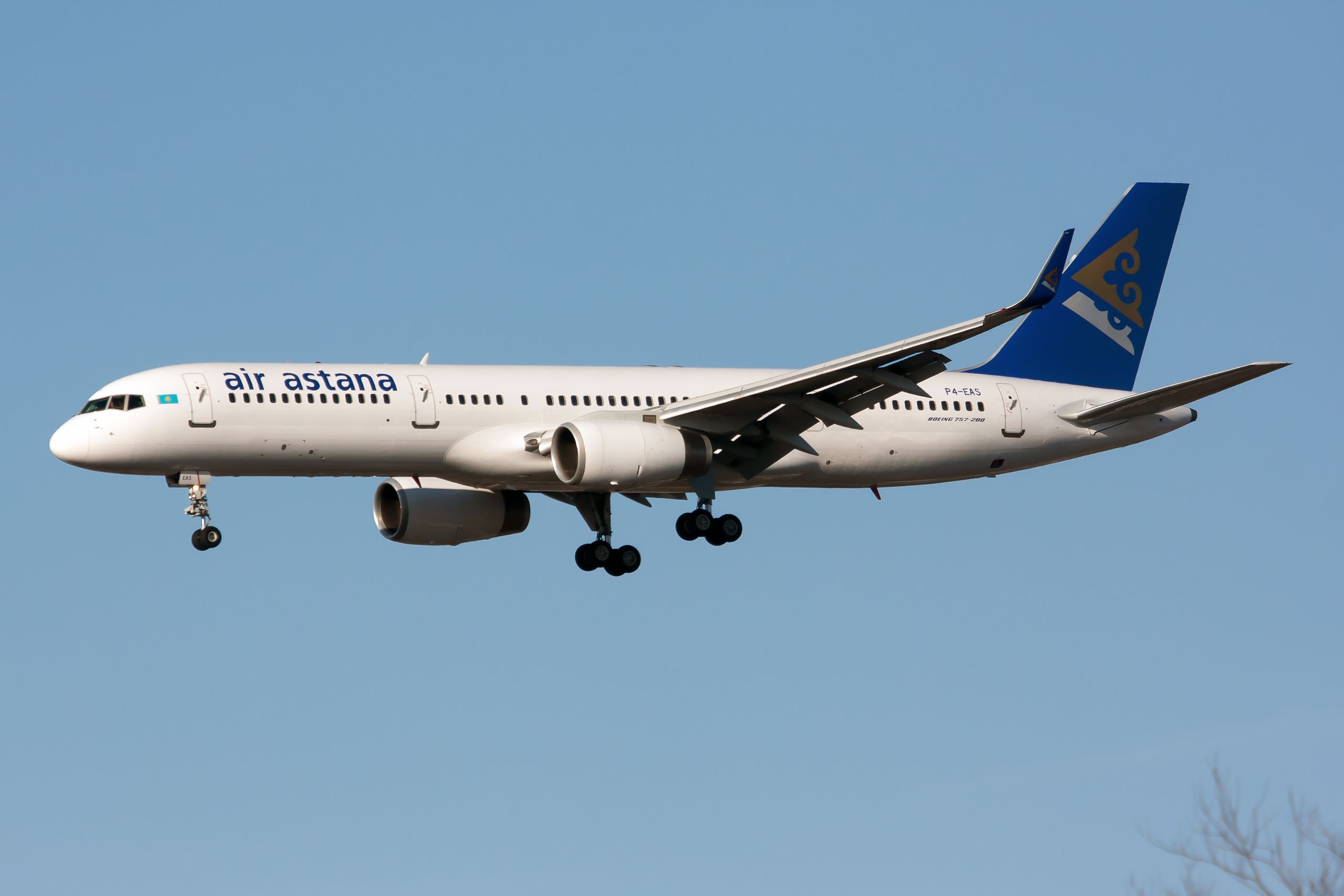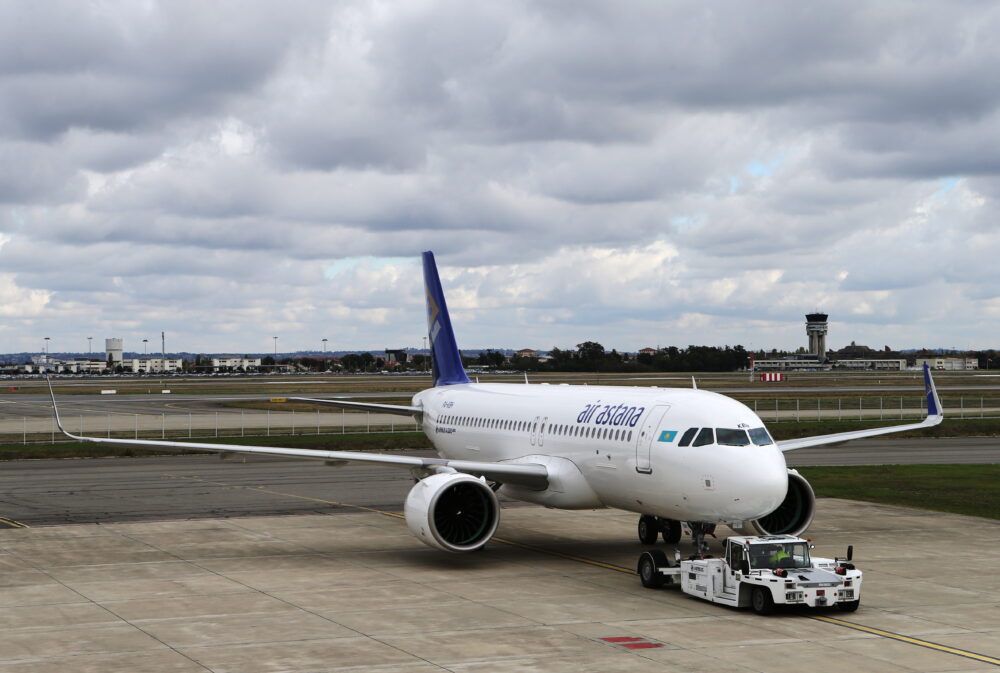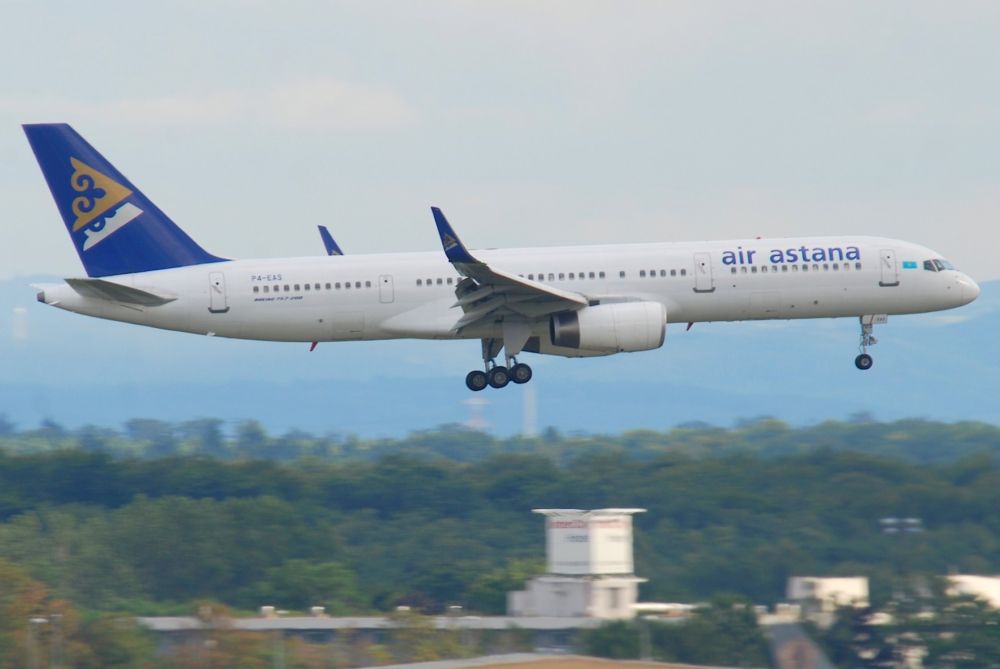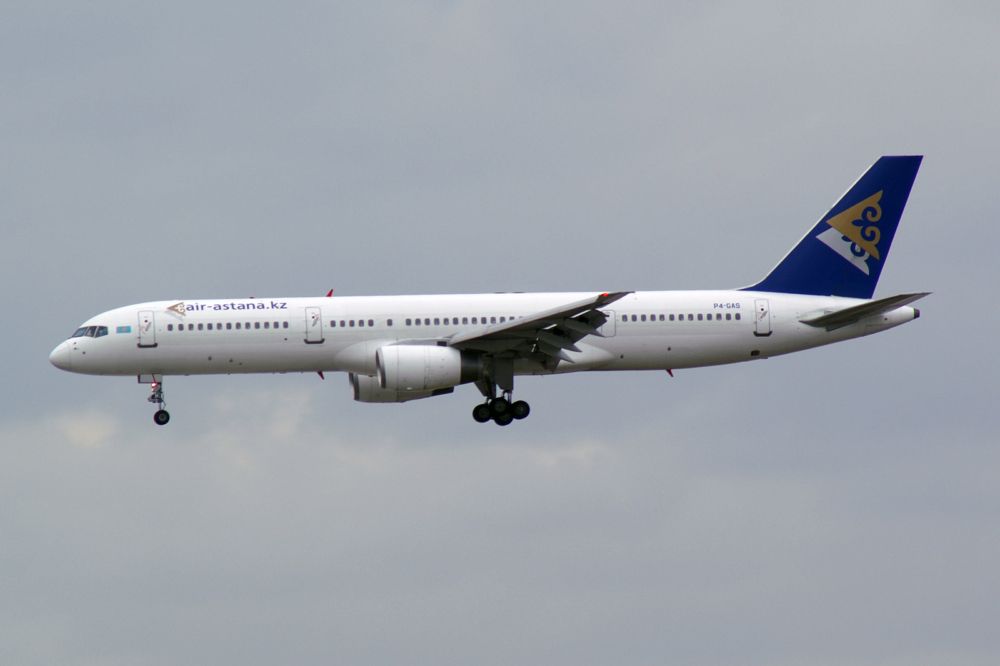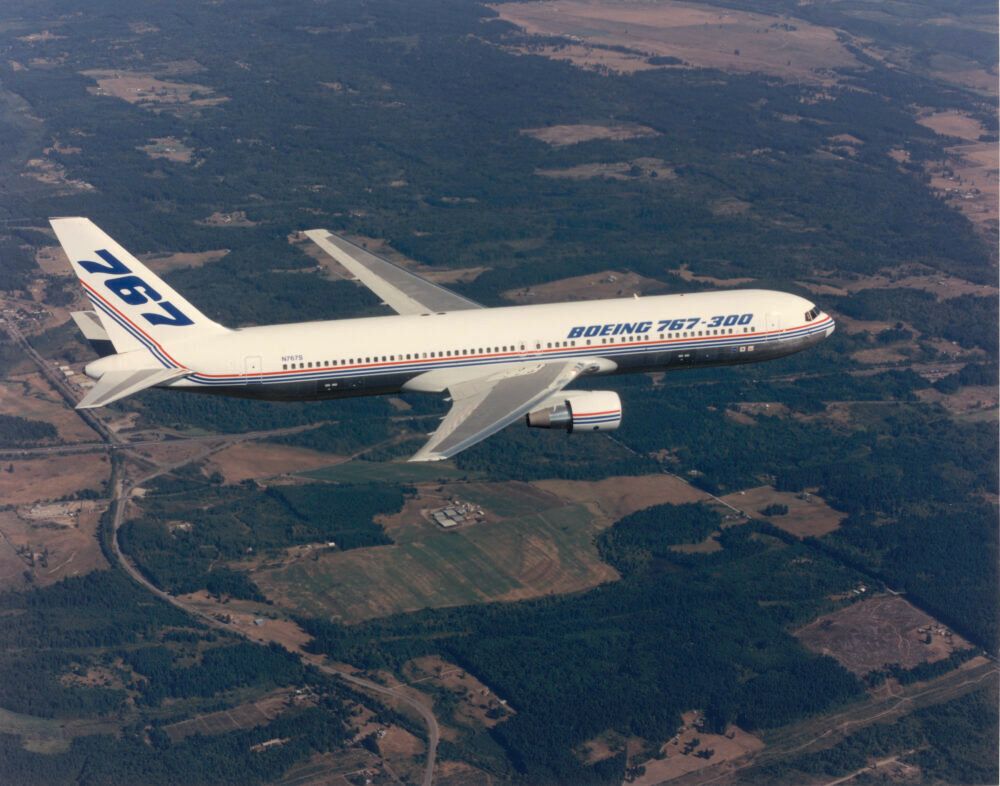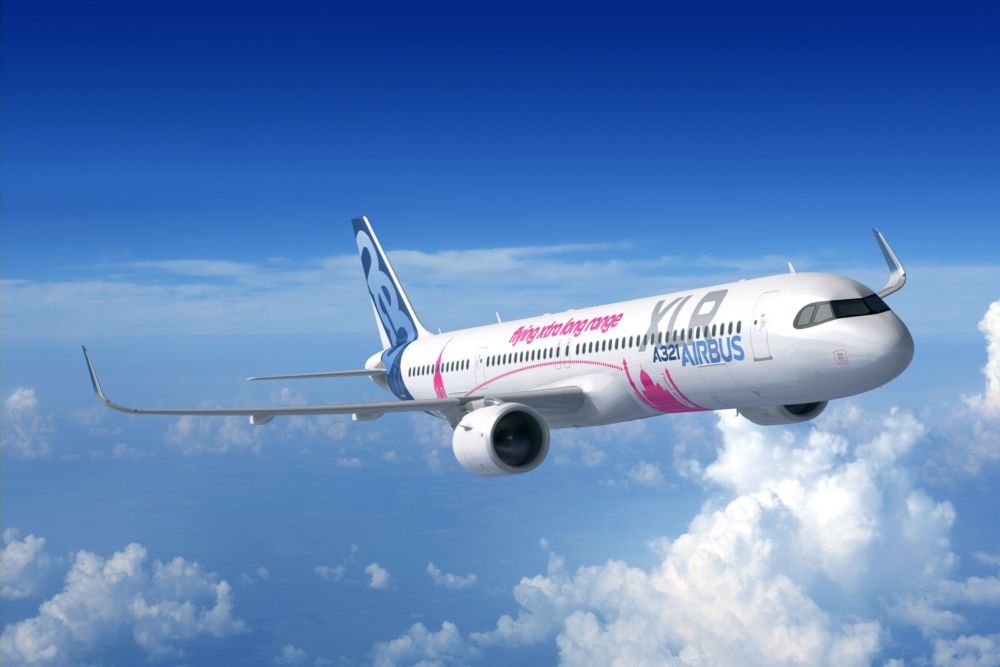Air Astana today operates an Airbus-dominated narrowbody fleet. Until recently, though, this fleet included the popular Boeing 757. The airline operated five 757-200 aircraft, taking its first in 2003 and retiring the fleet in 2019 and 2020.
Air Astana and the Boeing 757
Air Astana introduced the Boeing 757 in 2003 as the main aircraft to operate its medium and long-haul destinations. It later introduced the 767 as well - it still operates three of these and has retired two. The 757s were used on routes to Bangkok, Ho Chi Minh, Hong Kong, Kuala Lumpur, and London. 757s flew to Frankfurt and Seoul, but the 767 was more common there. They also operated seasonal charters to European destinations and some longer domestic sectors.
Retiring the 757s
The 757s that Air Astana brought in from 2003 were not new aircraft. They all joined other airline flees between 1995 and 1998, so by 2019 were aging.
Air Astana decided to replace them with the A321neo long before the pandemic slowdown. According to CAPA Center for Aviation, the airline chose it over the 737 MAX 9 for its slightly larger size. The airline has taken the A321LR but has not ordered the upcoming A321XLR. Although, airline CEO Peter Foster confirmed to Simple Flying that the airline might be interested in the A321XLR for its weight and cargo ability.
The A321neos work on European routes and some Asian ones, but longer routes now need the widebody 767 or 787. Many of these routes have been suspended due to the pandemic. London Heathrow, for example, was just transitioning from the 757 to the A321LR in March 2020 when flights were suspended. It will relaunch with the A321LR.
Stay informed: Sign up for our daily and weekly aviation news digests.
Where are the aircraft now?
None of the retired 757s have entered service with another airline yet, but only one has been scrapped.
The first aircraft to be retired was with registration P4-KCU. It started service with ATA Airlines in 1995, passed to Omni Air International in 2008, and Air Astana in 2011. It was retired in April 2019 and is now being converted for freighter use and is currently owned by air services company Aventure Aviation (according to data held by ch-aviaiton.com).
One other 757 is also planned for freighter conversion. P4-MAS (now re-registered as N28833) entered service in 1997 with China Xinjiang Airlines. It passed to Chian Southern and then Air Astana, where it was in service from 2006 to March 2020. It is now owned by Blackrock Investment Management and is currently stored at Pinal Airpark.
Two 757s (P4-EAS and P4-FAS) are stored at Lleida-Alguaire Airport in Spain, owned by leasing company Sky Aviation, awaiting a decision on their future. These were previously operated by LTU International Airways from 1998 and retired by Air Astana in March 2020.
Only one of the 757s has been scrapped. P4-GAS (later changed to EI-GTW) was retired in March 2020 and scrapped by Aventure Aviation at St Athan in the UK.
Commenting on the scrapped of this aircraft Aventure Aviation explained how the aircraft is useful for parts for both the 757 and 767. For that particular aircraft, it noted that the landing gear has over seven years remaining life, and it had new engine nacelles installed just in 2017.
A popular aircraft - but no replacement
The Boeing 757 has been popular with many airlines and remains well in service. But it is aging now, and there is no direct replacement. Like Air Astana, many airlines are choosing to replace 757s with the A321neo - especially with the range offered by the A321LR and the upcoming A321XLR.
Boeing has yet to offer a competitor in this market. There were plans for a new Mid-Sized Aircraft (NMA), but these were dropped in 2020. Air Astana had previously said it was interested in the NMA as well as the A321neo.
Boeing is now revisiting its plans for the NMA. These have been changed not only by the pandemic but by the 737 MAX issues and the launch of the A321XLR. There are several possibilities for where this will go, including a return to the 757 with a re-engined Boeing 757X. Whether any new or updated aircraft in this space will work for Air Astana remains to be seen.
Would you like to share any experiences with Air Astana's Boeing 757s? Or any thoughts on whether we see a replacement from Boeing? Feel free to share your thoughts in the comments.

